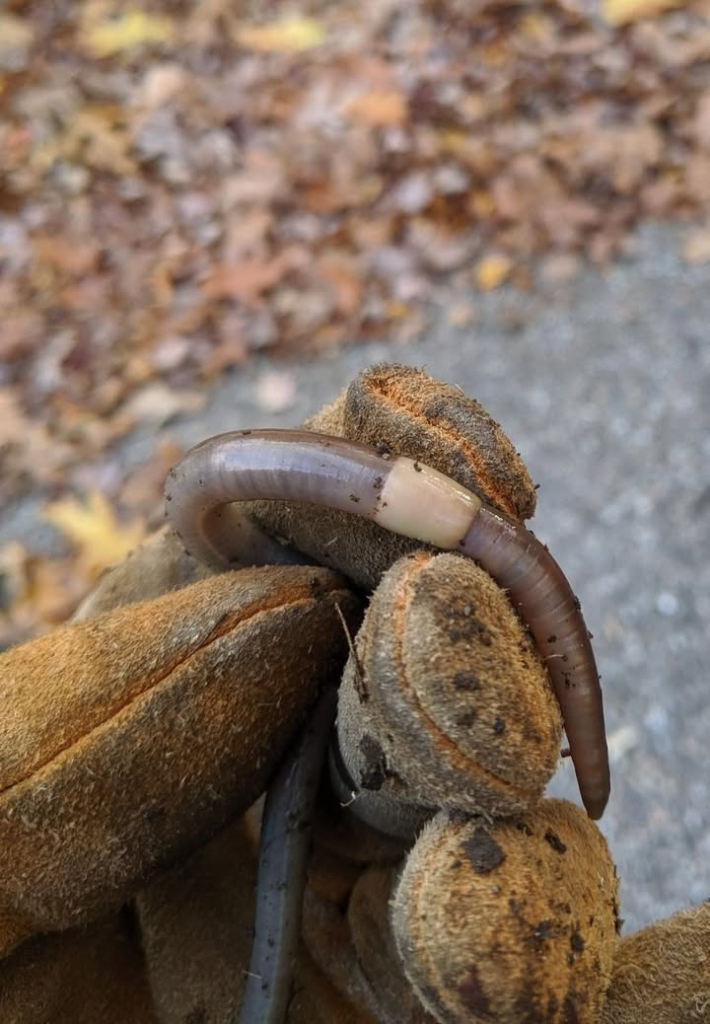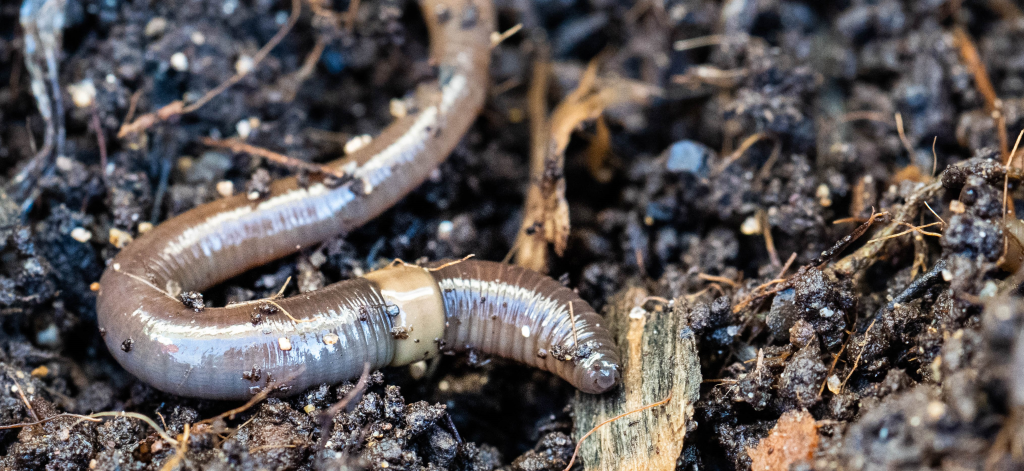There’s a new intruder in town—and it’s squirming just beneath the soil. Known as jumping worms, these aggressive invaders are spreading rapidly across the United States, causing unexpected chaos in gardens, forests, and ecosystems. If you’ve never heard of them, it’s time to pay attention. These guys look like regular earthworms, but they’re far from harmless.
Let’s break down what makes these worms so dangerous, how to recognize them, and what you should do immediately if you find them in your yard.

Meet the Menace: What Are Jumping Worms?
Jumping worms—also called Asian jumping worms, crazy worms, or snake worms—belong to the genus Amynthas. Native to East Asia, they were accidentally introduced to the U.S. through contaminated soil, mulch, and potted plants. Since then, they’ve taken hold in the Midwest, Northeast, and are now popping up in southern and western states.
These worms aren’t your average nightcrawlers. When disturbed, they thrash and coil wildly like snakes. They’re surface feeders, devouring organic material at lightning speed and leaving behind a gritty, nutrient-depleted soil that looks like coffee grounds.
Video: How to get rid of Asian jumping worms, the evil twin of earthworms
How to Identify Jumping Worms (Before It’s Too Late)
So, how do you know if jumping worms are in your garden? Start by checking the texture of the soil. If it feels loose and grainy—like someone dumped used coffee grounds everywhere—that’s your first red flag.
Next, look at the worms themselves. They tend to be:
- Grayish-brown to black
- Up to 8 inches long
- Extremely active—they thrash and squirm violently when touched
- Smooth, light-colored clitellum (the band around their body) that circles the body closer to the head than native earthworms
They’re fast. They’re aggressive. And they don’t belong in our soil.
Why Jumping Worms Are a Serious Threat
You might be thinking, “It’s just worms—what’s the big deal?” But these invaders pose a massive threat to the ecosystems we rely on.
Here’s what they do:
- Strip the soil of vital nutrients by devouring the organic layer
- Destroy root structures, leaving plants stunted or dead
- Disrupt forest floors, impacting wildlife and native species
- Harm beneficial organisms like fungi, microbes, and insects that help maintain healthy soil
Once jumping worms infest an area, native species can’t compete. The soil loses its structure, water-holding ability, and fertility. Forests become more vulnerable to erosion. And home gardens? Often devastated.
How They’re Spreading (And How You Might Be Helping)

Jumping worms reproduce incredibly fast—and asexually. Just one worm can produce multiple cocoons, each filled with eggs that can overwinter and hatch come spring. These cocoons are microscopic and easily transported in:
- Bags of mulch or compost
- Potted plants from nurseries or plant swaps
- Soil stuck to garden tools or boots
- Shared garden materials between neighbors
That’s why it’s critical to stay vigilant, especially if you trade plants or work in community gardens.
Caught Them in Your Yard? Do This Immediately
If you suspect jumping worms are wriggling through your soil, don’t panic—but don’t ignore them either. Here’s what to do:
1. Confirm the Culprit
Use the mustard test: Mix 1/3 cup of ground mustard seed with 1 gallon of water. Pour it slowly over a small patch of soil. If jumping worms are present, they’ll surface fast.
2. Hand-Remove the Worms
Pick them out and place them in a sealed plastic bag. Freeze it overnight or dispose of it in the trash. Do not toss them elsewhere—they’ll just relocate.
3. Treat the Soil
Try solarizing infected soil by placing a black plastic sheet over it in full sun for several days. This can heat the soil enough to kill cocoons and worms (above 104°F or 40°C).
4. Clean All Tools
After working in an infested area, wash and disinfect your gardening tools, boots, gloves, and containers to avoid spreading cocoons elsewhere.
5. Avoid Buying Contaminated Materials
Video: If You See This Jumping Worm, Kill It
Only buy compost, mulch, or soil from reputable, certified sources. Ask your supplier if they test for invasive species. Inspect plant roots and soil before planting.
Join the Fight: What You Can Do to Help
This isn’t a one-person job. The more awareness we build, the better our chances of controlling these destructive worms.
- Report sightings to your state’s invasive species network or local agricultural extension office.
- Educate others—especially gardeners, landscapers, and nursery operators.
- Attend local workshops and community efforts focused on managing invasive species.
- Encourage native plant gardening, which helps strengthen soil structure and supports local ecosystems.
The good news? Many communities are taking action, and the more we know, the better we can protect our soil from long-term damage.
Conclusion: Stop the Spread Before It’s Too Late

Jumping worms may be small, but their impact is enormous. These aggressive invaders are already changing landscapes across the country—quietly, quickly, and often unnoticed until it’s too late.
But we don’t have to let them win.
By learning to identify jumping worms, practicing smart gardening habits, and spreading the word to others, we can help slow their advance and protect our soil for future generations. Remember, every garden matters. Every yard counts. And your vigilance today can save ecosystems tomorrow.


